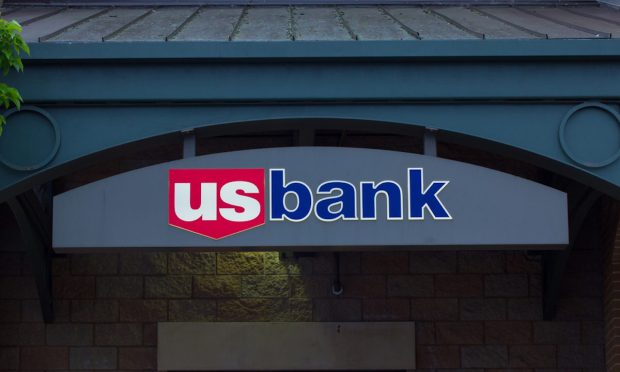
U.S. Bancorp is forecasting a decline in net interest income for this year.
In announcing its earnings Wednesday (April 17), the lender said it anticipates net interest income (NII) of $16.1 billion to $16.4 billion, down from earlier projection of at least $16.6 billion for the year.
The bank’s NII for the quarter came to $3.9 billion, down 3.1% for the fourth quarter of 2023, and 14% year over year.
This was “due to the impact of higher interest rates on deposit mix and pricing, partially offset by higher rates on earning assets,” the bank — parent of U.S. Bank — said in its earnings report.
“Clients are just optimizing, just looking at their balance sheet, looking at their balances — especially in this higher-rate environment, and now that they know it’s going to be here for a longer period of time — they’re taking a closer eye to it,” John Stern, U.S. Bancorp’s finance chief, said during the earnings call.
“The trends have been slowing of that mix shift — it’s just taking longer than what we would have anticipated,” he added.
Last week saw another big bank, Wells Fargo, report an 8% drop in year-over-year net interest income. As noted here, this decrease “was largely attributed to increased funding costs, spurred by heightened interest rates that prompted customers to switch to higher-yielding deposit products.” A decline in loan balances placed additional pressure on net interest income, although this was somewhat offset by higher yields on earning assets.
Meanwhile, PYMNTS wrote earlier this week that the big banks recent earnings point to some strength in consumer credit, as “measured through FICO scores detailed by the FIs, in charge-off rates, and in general commentary on spending.”
For example, Bank of America reported the average FICO score for its consumer credit cards stood at 777 in the most recent quarter, up slightly from the 775 recorded in the fourth quarter. Citi, meanwhile, found that 85% of its credit card loans were held by consumers with FICO scores above 660.
“Given the fact that paycheck-to-paycheck life is the hallmark for 60% of consumers, the read across here is that there’s still strength in the cards — pun intended,” the report said. “In PYMNTS’ coverage of Wells Fargo’s earnings, we noted that credit card spending was up 15% year over year.”
“There are cohorts of customers that are more stressed,” CEO Charlie Scharf told analysts.